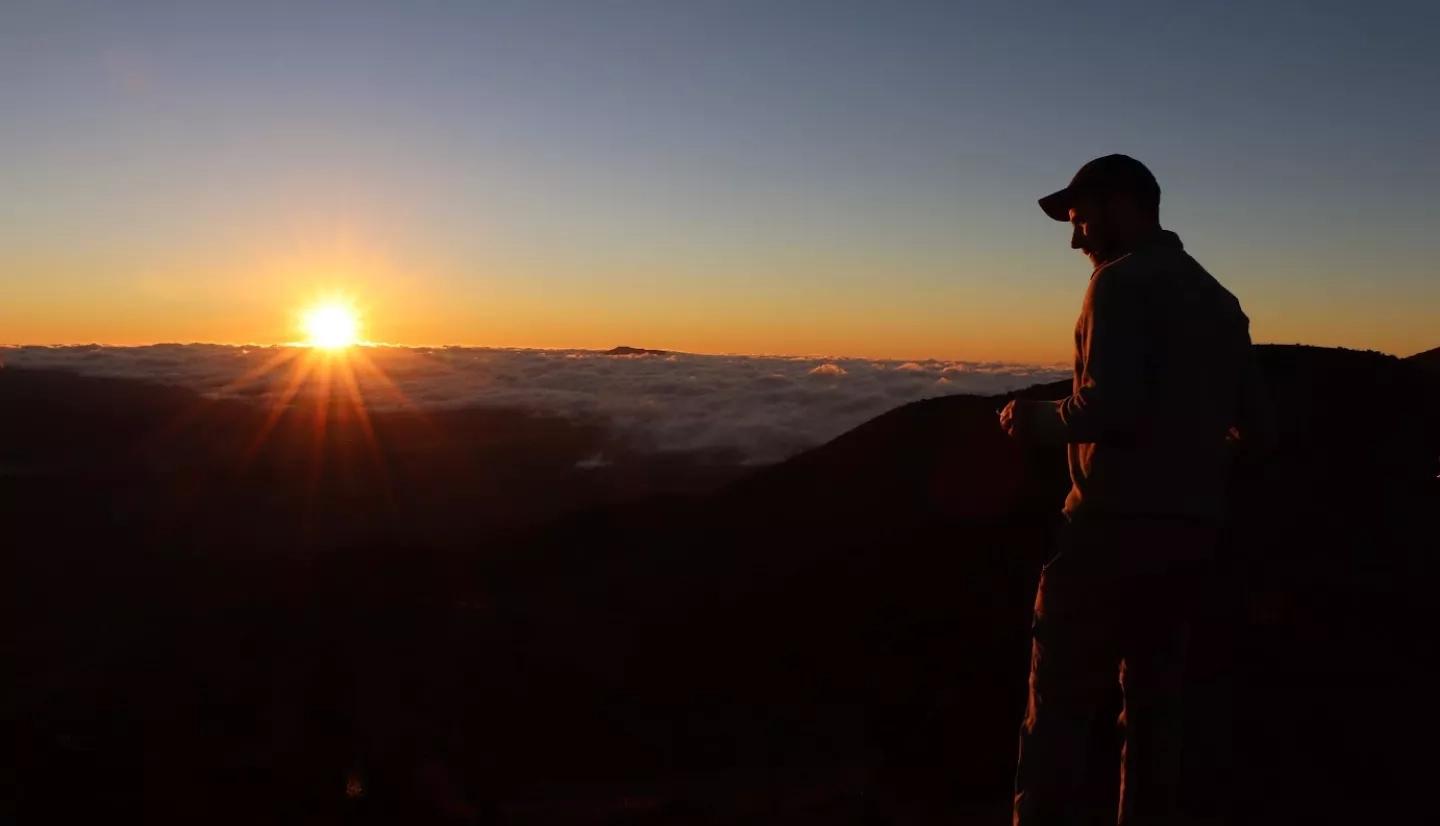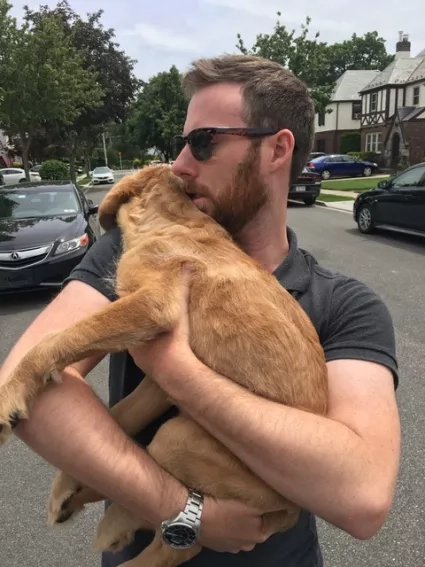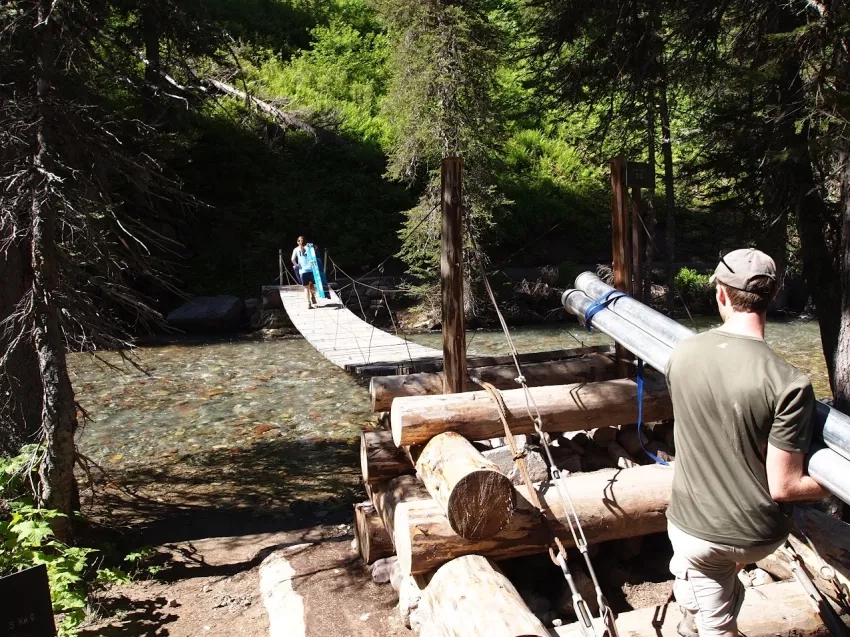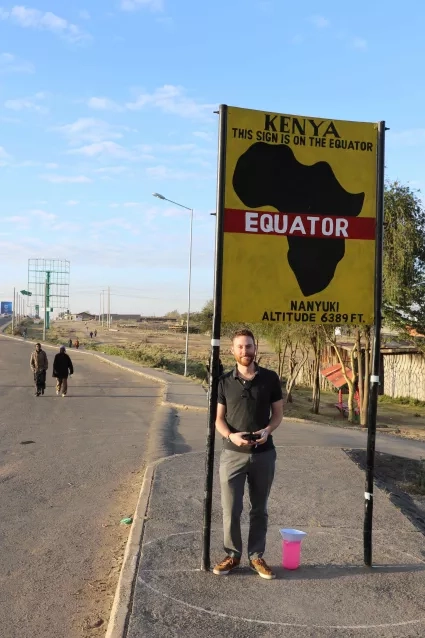Perry Oddo is not your typical research scientist. Although some of his work is what you’d expect — getting funding to research, analyze, and find a solution to a problem — lately he’s been wearing a different hat, too. That of a liaison and bridge builder.
In his five years working as a research scientist at the Hydrological Sciences Laboratory at NASA’s Goddard Space Flight Center, Oddo’s work has taken him across the different NASA centers and departments as well as outside of the agency. He currently serves as one of NASA’s representatives with the Department of State and the White House.
Through this role, he shares the myriad ways NASA supports water resource management and applied research. That information helps the U.S. government better understand the resources available to help meet the water-relevant goals they’re setting, particularly for the White House’s Global Water Security plan.
He’s also part of an internal effort to take stock of all the water research taking place across NASA’s many centers and labs. This information will help him communicate NASA’s water capabilities to other government agencies. It will also contribute to developing the NASA Applied Sciences Water Resources program’s International Water Strategy.
“There’s a tremendous amount being done [across NASA’s science research labs and program areas],” Oddo said. “With the current initiative to develop an International Water Strategy for the Water Resources program, it's about finding the best ways we can leverage all the great work that's already being done or that could be done in the future for the greatest possible impact.”
Remote sensing data — and the tools NASA builds with that data — can be invaluable to decision makers, Oddo continued. That’s especially true for partners that might not have the resources to collect data on the ground but can utilize Earth observations from remote sensing agencies like NASA.
“Remote observations can be among the best tools that they have to monitor and observe the surface of the Earth — and even beyond. We have tools that can provide information on groundwater, soil moisture, precipitation. And so, it's a question of trying to put it all together in the most intelligent way possible. Looking at the different strengths and weaknesses of the different sensors and synthesizing that into a snapshot of water resources.”
Going from Neurosciences to Applied Sciences
Oddo may not have landed where he is today without the influence of a professor at Franklin and Marshall College. After deciding his original course of study in neurosciences wasn’t a fit, he decided to take an introduction to geology course. His professor, Chris Williams, invited him to spend a summer collecting fossil wood for field research in Alaska.
“It really set me off on this path of being a scientist in this field and conducting my own research,” Oddo said.
This experience also ignited his interest in how science impacts people. Since then, his research has taken him around the world to places like Brazil, Glacier National Park and Thailand. No matter where his research took him, he always approached it from the perspective of how the research could be applied to solve real-world challenges.
His passion for applied sciences eventually led him to NASA by way of Capacity Building’s DEVELOP program — an opportunity he describes as a dream come true. He spent two 10-week terms with DEVELOP after graduating with his master’s degree. During the first term, he used cloud-based technologies to map forest cover in Protected Areas in Kenya. The second term focused on mapping the effects of winter cover crops in Chesapeake Bay. This was his first introduction to remote sensing data, and he immediately saw the value in it.
“It was like this light going off to understand how this new world of data could be used and combined with my own decision-making and operations research background,” Oddo said.
Building Analytical and Communications Skills at Goddard
In 2017, after Oddo’s second term with DEVELOP, John Bolten, associate program manager of Applied Sciences Water Resources program, brought Oddo onto his team at Goddard. At the Hydrological Sciences Laboratory, Oddo worked in a traditional research capacity on a portfolio of projects related to flooding.
After a few years, he had the opportunity to take on more logistical, project management work. This included helping to organize and launch the inaugural symposium for Universities Space Research Association’s Earth from Space Institute. Oddo learned a wealth of interpersonal skills and discovered that he enjoyed the collaborative environment of this work. This made him a natural pick for his current work representing NASA to other U.S. government agencies and co-leading the development of the International Water Strategy.
“Perry has been doing an outstanding job working with John Bolten on coordinating joint interests and activities with other U.S. government entities using remote sensing capabilities for water management,” said Sarah Brennan, Deputy Program Manager of NASA Applied Sciences Water Resources program area. “His skillset and passion have helped foster relationships that will open new pathways to ultimately facilitate an increased international use of NASA data and NASA developed tools, capabilities and information products. Perry’s co-leadership of the International Water Strategy will drive the future direction of our program.”
Aiming to be completed in 2023, the International Water Strategy will guide the Water Resources program on how to work more efficiently and effectively with other NASA programs and U.S. government entities that work with foreign partners for improved water resource management.
If you would like to connect with Oddo or the Water Resources program, you can reach out via the Applied Sciences website.







